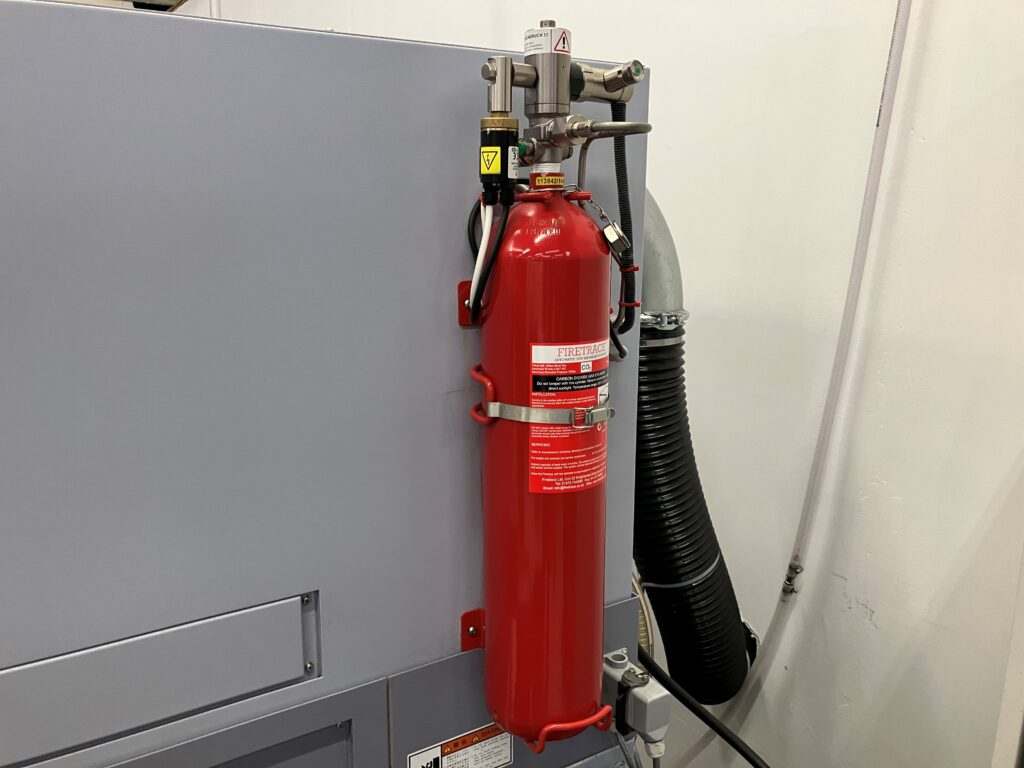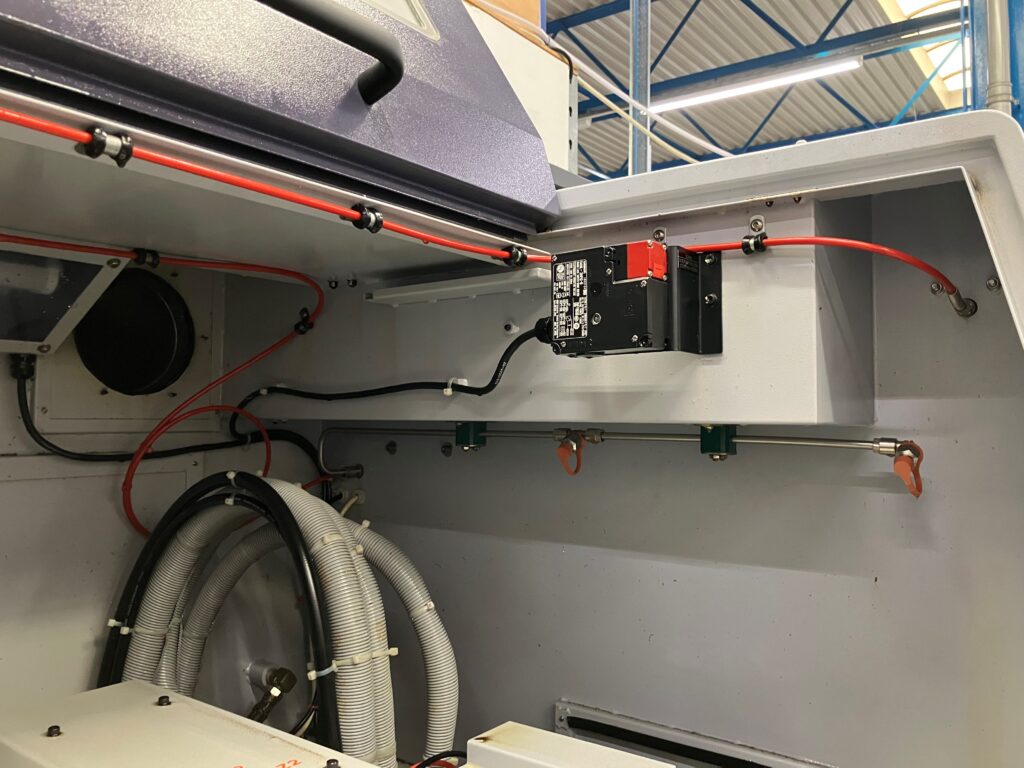Welcome to the latest Arch Surveyors’ Newsletter, sharing essential knowledge and news on current risk management issues affecting businesses across the UK today.
FIRE SAFETY
The evolving landscape of fire risk assessment
Presented by the Institution of Fire Engineers in partnership with the British Standards Institution, this webinar on 25th June looks at recent key changes to fire risk assessment and development of British Standard BS 9792 Fire risk assessment — Housing — Code of practice. Register for free.

Fire safety in houses and flats
Following the Grenfell Tower fire in 2017, the government introduced new fire safety rules, including new rules for high-rise blocks of flats that are at least 18 metres or seven storeys high. The new rules took effect between October 2023 and April 2024 and are enforced in England by a new body, the Building Safety Regulator (BSR). This House of Commons Library article provides more information.
Scottish Cladding Bill paves the way for faster remediation
The Housing (Cladding Remediation) (Scotland) Bill was recently unanimously approved in the Scottish Parliament, giving Scottish Minsters powers to assess and remediate buildings which have unsafe cladding, where consent of the owners cannot be provided. Read the Fire Protection Association (FPA) article.
All multi-occupied residential buildings in Wales to come under new safety regime
The Welsh Government recently shared an update on its progress with the Welsh Building Safety Programme. See more at the FPA.
Maintenance of photovoltaic panel systems ‘critical’ to controlling rising fire risk
With the number of solar panel fires rising six-fold in recent years, Head of Technical Risk Engineering & Surveys, Paul Farmer, explains why maintenance is ‘critical’ to keeping people and property safe. Read more at RiskSTOP.
Multi-storey car park fire was accidental
An intensive investigation into the fire that engulfed a multi-storey car park at London Luton Airport in October 2023 has concluded that the cause was accidental and likely the result of an electrical fault or component failure in the engine bay. The car in which the fire originated was diesel-powered and not, as widely speculated, hybrid or electric. The International Fire & Safety Journal article explains more.
LITHIUM-ION BATTERIES
Understanding the risks
A recent FPA article looks at the mounting fire risks of e-bikes and e-scooters and need for better product standards and regulations.
Employer Guide to Lithium-ion Batteries in the Workplace
Yet more guidance on lithium-ion battery safety, this time from the British Safety Council. More available at Fire Safety Matters (FSM).
Guidance issued on EV fire safety in car parks
With increasing use of electric vehicles, the government has developed official guidance on installing charging points in covered car parks to manage the associated fire risk. Review the article at RICS.
CRIME PREVENTION
Police using data to tackle crime and free up officer time
A new multimillion-pound centre will see police using artifical intelligence (AI) and data from forces across England Wales to protect the public and free up resources. Read more in the College of Policing article.
PERILS
UK and Global extreme events — Heavy rainfall and floods
An informative article by the Met Office looks at the likelihood and severity of extreme events in the past, present and future.
HEALTH & SAFETY
Recent wood dust prosecutions
A company has been prosecuted after an inspection by the Health & Safety Executive found workers were being exposed to excessive levels of wood dust. Northampton-based furniture company was fined £14,700 and ordered to pay £4,869 in costs at Leicester Magistrates’ Court on 3rd April 2024. Read the Health and Safety Executive (HSE) article.
A renewables company was fined £160,000 plus costs of £5,310 at Teesside Magistrates’ Court on 3rd May 2024 after failing to adequately protect employees against wood dust at the company’s Middlesborough site which converts mixed wood waste into biofuel. Read more at HSE.
Excessive inhalation of wood dust can cause occupational asthma and nasal cancer. Softwood dust is a known Asthmagen whilst hardwood dust particles are carcinogenic.
Both companies were prosecuted for breaching Control of Substances Hazardous to Health (COSHH) Regulation 7(1) which states:
Every employer shall ensure that the exposure of his employees to substances hazardous to health is either prevented or, where this is not reasonably practicable, adequately controlled.
HSE targets high noise industries to clamp down on hearing protection
The HSE has recently launched a new workplace noise intervention and will target high noise industries for inspection visits. Read more in an IOSH Magazine article.
In 2019 the economic burden of occupational hearing loss was estimated to be £25.5 billion each year. This does not include medical costs.
SPOTTED ON SURVEY
One of our previous newsletters featured a defective fire suppression system fitted to a CNC sliding head lathe. The photos below were taken during a recent survey and show ‘what good looks like’ on a similar machine, for comparison. The Firetrace system fitted in this instance uses a flexible linear tube (red, visible in the right-hand photo) designed to rupture at temperatures above 120°C, initiating discharge of the extinguishing medium at the point of heating. The system is self-activating but can be configured with manual and electronic activation options, monitoring systems and status indicator modules. Pressure switches can also be specified to isolate energy supplies (shutting the machine down safely upon discharge), generate an output to fire alarm systems and similar functions.

